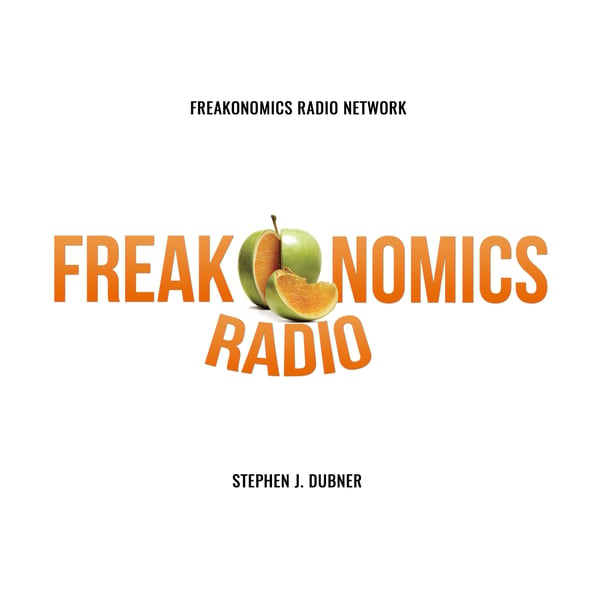How to Fix a Broken High Schooler, in Four Easy Steps (Rebroadcast)
Freakonomics Radio
Freakonomics Radio + Stitcher
4.6 • 32K Ratings
🗓️ 4 February 2016
⏱️ 29 minutes
🧾️ Download transcript
Summary
Transcript
Click on a timestamp to play from that location
| 0:00.0 | Hey podcast listeners, Stephen Dubner here. Last week we brought you an episode from our archives called |
| 0:05.2 | Is America's Education Problem? Really just a teacher problem. Today we're bringing you the |
| 0:11.2 | follow-up episode. It is called How to Fix a Broken High Schooler in four easy steps. It focuses |
| 0:18.6 | on the demand side of the education equation, the students, as opposed to the supply side, the teachers. |
| 0:24.7 | I hope you find this topic as interesting as we do whichever side of the equation you're on. |
| 0:34.8 | My name is Carolyn Acker. I was the executive director of the Regent Park Community Health Center. |
| 0:42.4 | Regent Park in downtown Toronto is known for having one of Canada's oldest, biggest and worst housing |
| 0:49.1 | projects. So we're doing all this work. We're investing more and more dollars. When I went to |
| 0:56.2 | Regent Park Community Health Center 1992, the budget was about 2.8 million. By about 1996, 97, the |
| 1:05.4 | budget was close to 6 million. Instead of things improving, things were getting worse in terms of |
| 1:14.4 | crime and murder and violence, this kind of thing. We were very distressed over what was happening |
| 1:23.5 | to our young people and we didn't really understand it. We were doing more and more, always investing |
| 1:30.2 | more and we weren't seeing an improvement. There were about nine murders in Regent Park in 2000, |
| 1:39.2 | which was the year before we started Pathways to Education. Pathways to Education was a voluntary |
| 1:46.2 | program for high school kids in Regent Park. It wasn't an education program exactly. It was more like |
| 1:51.9 | life support. The Pathways program they say has four pillars. Those are counseling, academic, |
| 1:59.4 | social, and financial. Let's fill up Oriopolis. He's an economist at the University of Toronto with |
| 2:05.1 | a particular interest in education. Over the years, Oriopolis had heard about Pathways to Education, |
| 2:10.4 | that it was something of a miracle cure for low performing high schoolers. He wondered if that could |
| 2:16.4 | possibly be true. Pathways to Education had a pro bono study done in the mid-2000s by a consulting |
| 2:27.2 | firm and the director that did the pro bono study was a member of the board of Pathways and came out |
| 2:34.9 | with a report. I can feel your antenna as an empirical economist already going up, right? A nice |
... |
Please login to see the full transcript.
Disclaimer: The podcast and artwork embedded on this page are from Freakonomics Radio + Stitcher, and are the property of its owner and not affiliated with or endorsed by Tapesearch.
Generated transcripts are the property of Freakonomics Radio + Stitcher and are distributed freely under the Fair Use doctrine. Transcripts generated by Tapesearch are not guaranteed to be accurate.
Copyright © Tapesearch 2025.

